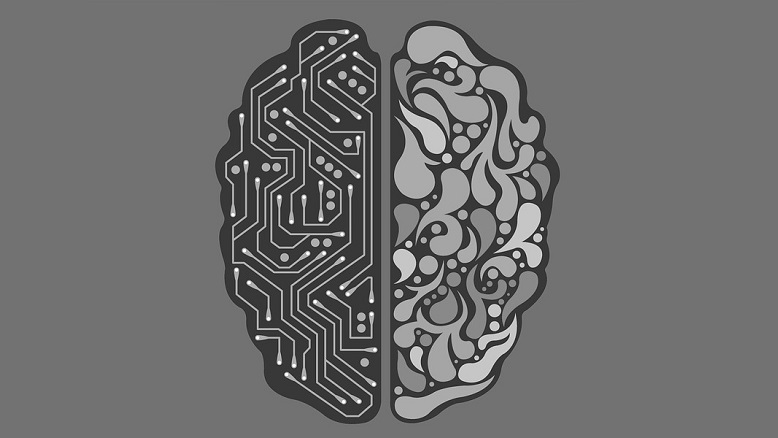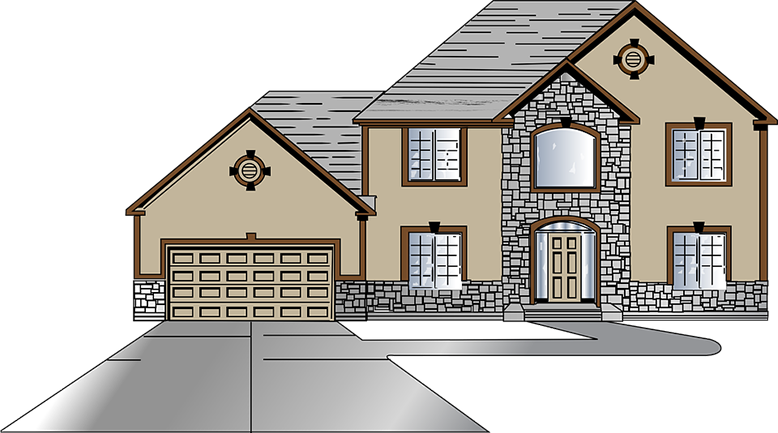Artificial Intelligence: What it means for the built environment
The RICS has launched an insight paper which explores the impact of using artificial intelligence (AI) in the built environment, and the urgent need for industry professionals to understand how it will influence their role, as the future will rely less on human labour and more on technology.
AI in FM
One sector that the Artificial Intelligence: What it means for the built environment highlights as facing a significant impact of AI is facilities management (FM), due to the labour-intensive and repetitive nature of many FM jobs, making it an ideal place for automation of previously human-dominated tasks. However, the report weighs up the positives and negatives of such changes and how companies should deal with them.
Paul Bagust, RICS Global Property Standards Director says “FM will always have a vital role to play within the built environment, and even though many operational roles will become more technology-led, the sector could benefit hugely from AI at a strategic level. For example, machinery utilising AI will revolutionise the FM industry, making many jobs faster, safer, less costly and this will ultimately improve a company’s service offering and increase their bottom line.
“Technology and the availability of data is also changing the way investors look for opportunities and invest. This will present a huge threat to the industry if ignored, but, again, it presents so many opportunities for those who work in the built environment. So, all businesses, however large or small, must act now and analyse and prepare for how this disruptive technology could transform their role, sector and the wider built environment — otherwise they face becoming obsolete.”
Chris Hoar, co-founder of AI in FM added “The paper discusses how AI will transform the property industry by driving smart, efficient buildings from design through to construction. It also highlights how those in the industry can exploit the latest AI applications and developments, including drones and BIM (Building Information Modelling), to plan and work more effectively, while improving and better maintaining the quality of buildings and the wider built environment.
“The overarching message of this report is that organisations should seek out and maximise the opportunities that artificial intelligence presents, while minimising any potential threats. This way, they will have a much better chance of controlling their business strategy, direction and financial health.”














Leave a Reply
Want to join the discussion?Feel free to contribute!